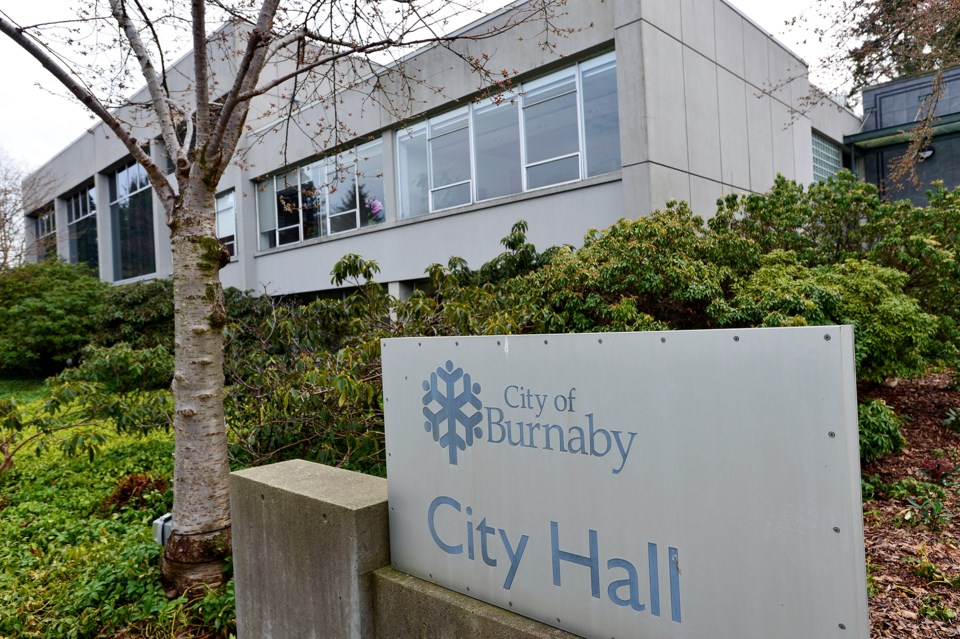The Clean BC plan requires all new builds to be net-zero emissions by 2032, through “ultra-efficient, net-zero design,” according to a recent report to the city’s environment committee. This is to be achieved through B.C.’s Energy Step Code, which includes five steps toward efficiency in single-family homes and smaller multi-family homes (officially referred to as Part 9), and four steps toward efficiency in larger multi-family homes (Part 3).
The step code is optional for municipalities to participate in, but participating municipalities are allowed to require buildings to achieve a certain step for approval.
But the city’s climate action framework, approved on July 6, 2020, “demonstrated that current policy trends, including the province’s commitment to net-zero energy ready buildings in 2032, would be insufficient to meet the city’s climate emergency targets,” city staff noted.
Where the code lacks, according to city staff, is in specifically addressing carbon pollution, “and higher levels of energy efficiency do not guarantee reduced emissions,” according to the report.
“To date, local governments have not been given the power to regulate buildings to meet low-carbon or greenhouse-gas intensity (GHGI) limits,” reads the report. “Local governments are currently waiting on further clarification from the province as to whether and when local governments will be given powers to require low-carbon or zero-carbon building energy systems and/or specify GHGI limits.”
Buildings make up no small part of the city’s climate action framework. The city estimates net-zero new buildings could account for up to 9% of community emissions reductions by 2050. But even that understates the importance of building requirements, as the city anticipates massive growth in the next 30 years.
To meet its targets, city staff said Burnaby will need to go beyond provincial legislation and look at further policies, including revisions to its green building policy.
The city’s climate action framework will have the city accelerating net-zero new buildings, compared to the B.C. plan, with a Part 3 policy expected within a year-and-a-half from now.
Updating the policy is intended to, among other things, decouple that physical growth from increasing emissions from buildings. That includes developing a path for net-zero emissions from heating, cooling and hot water new Part 3 buildings going through rezoning by 2025.
It will also seek to achieve zero emissions from new Part 9 buildings “as soon as possible.”
Currently, the city requires Part 9 buildings only to achieve step 1, per the Energy Step Code, which does not come with energy efficiency requirements. New Part 3 buildings must achieve step 3 of the Energy Step Code, which requires 50% or better energy efficiency or step 2 if they also include a low-carbon energy system and meet GHGI limits.
This year, city staff said they expect to bring forward detailed proposals for updating the green building policies for both Part 9 and Part 3 buildings, with a focus on updating Energy Step Code requirements for Part 9 buildings.
Staff will also present council with an impact report on current Part 3 policies, including considering separate GHGI limits for commercial and residential buildings.
Follow Dustin on Twitter: @dustinrgodfrey
Send him an email: [email protected]



